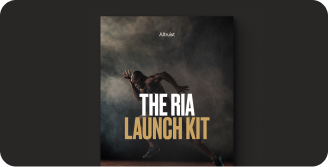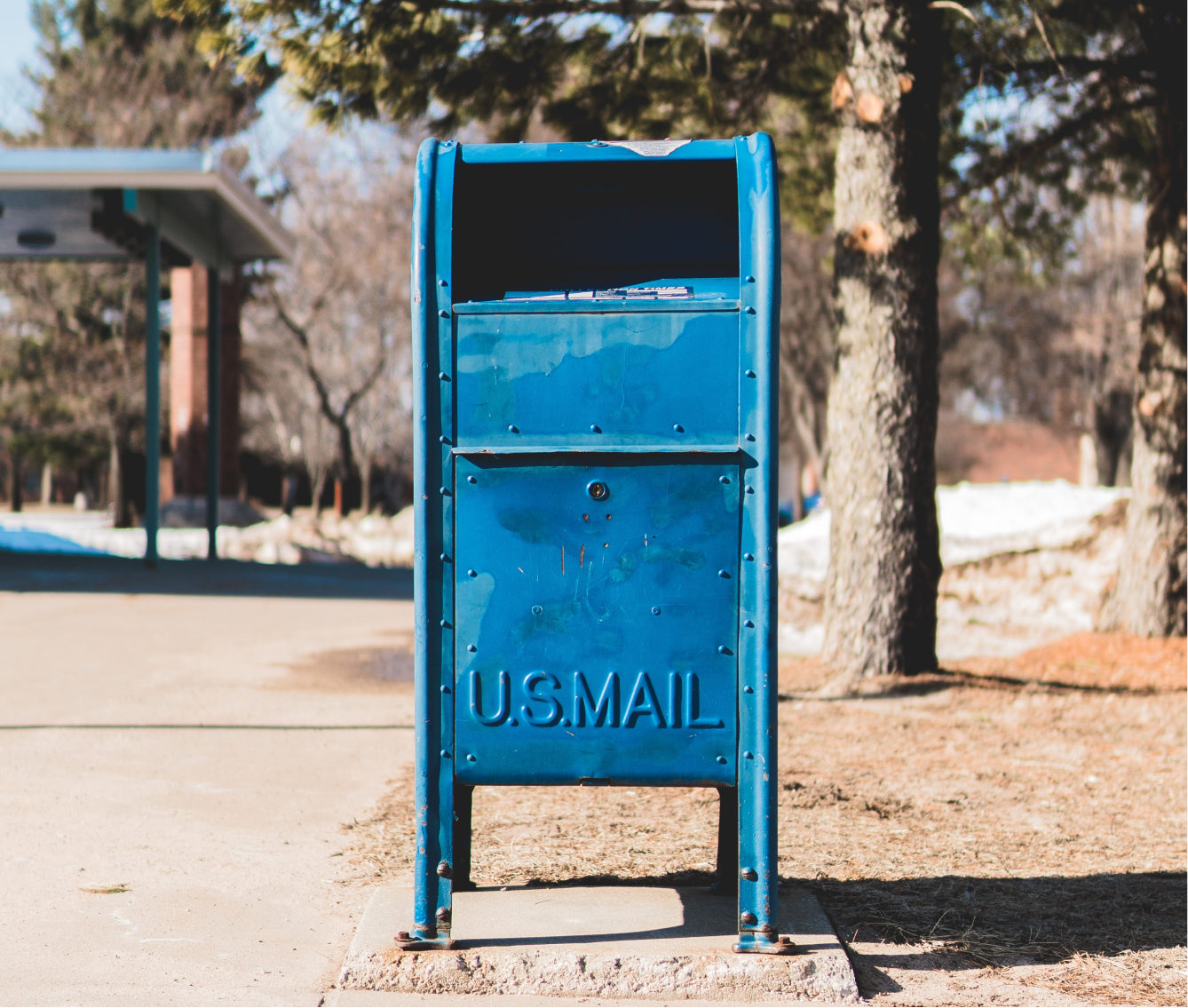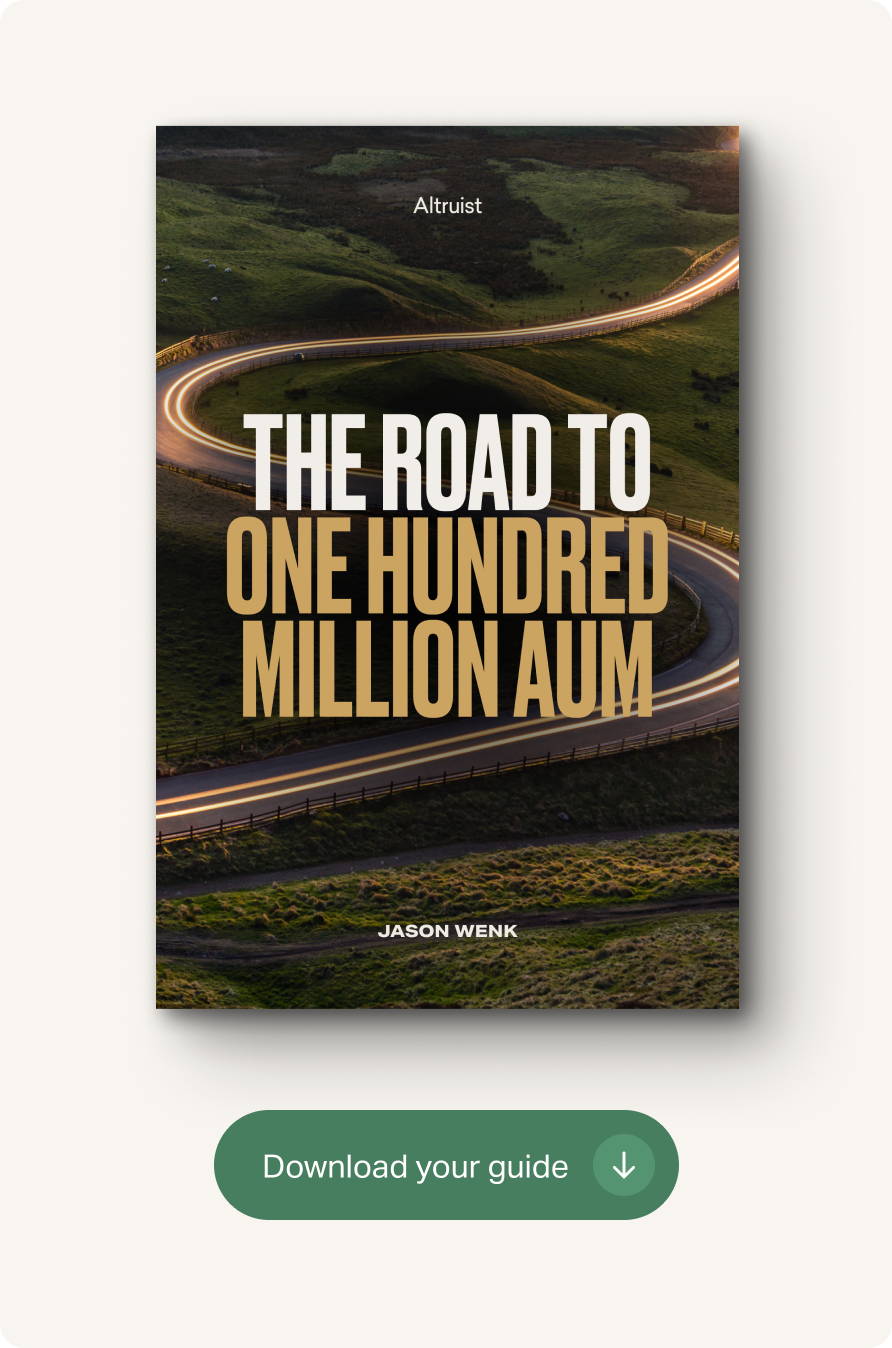With all the buzz about direct marketing, one simple tactic (that's been working for decades) continues to get results: physical mail. According to NerdWallet, 70% of consumers consider physical mail to be more personal than email.
This short article will cover types of direct mail that work for advisors, where to get qualified prospect addresses, and how to entice your audience to take action.
Why direct mail works for financial advisors
Direct mail has impressive response rates compared to digital marketing channels–The Data & Marketing Association states direct mail response rates averaged 9% for prospect lists. In comparison, email response rates for all industries averaged just 1%. Why?
People experience email fatigue. On average, one person receives over 600 emails per week versus a few pieces of snail mail. Direct mail allows advisors to get in front of their prospects with a personalized message straight to their mailbox–without the risk of being caught in a spam filter.
Just to clarify, we’re not suggesting scrapping digital marketing. Instead, opt to add direct mail to your overall marketing strategy to compliment other campaigns–helping with brand recognition and establishing trust and credibility. In fact, companies that have combined direct mail with other marketing efforts have seen a 40% conversion rate.
Direct mail types for financial advisors
There are many options for direct mail, but to make it simple, let’s go over what works for financial advisors:
Postcards
Postcards can capture a prospect’s attention with a captivating image, bold headers, or an enticing CTA. This is best used for cold mailing as it tends to be cheaper and easier to scale than other forms of direct mail and is an excellent option for testing the space.
While postcards are cheaper, there are a few things to remember. Postcards can be seen as a generic advertisement. There’s little space to tell a meaningful story making it a less personalized experience for the prospect–but it’s still worth testing.
Envelope with a letter or card
According to this report, 76% of consumers will likely purchase from brands that personalize their marketing. It’s as simple as adding the prospect’s name or a handwritten note to make them feel good about your brand, especially if you’re using this to invite them to an event (either virtual or in person).
The cost to send a letter or card may be slightly higher than a postcard, and you run the risk of the recipient not opening the letter versus a postcard (no envelope). Still, letters have the best ROI, according to the ANA Response Rate Report.
Swag box
Consider sending a swag box if you have a bigger budget with a highly targeted list of qualified prospects. It’s a memorable experience that keeps your brand in mind for the recipient. You can also use this as part of a more significant campaign by following up with an email such as, “How did you like XYZ?”
A swag box can be a significant investment and is best for warm prospects that are about to make a decision.
Another tip if your target audience is tech-savvy, use a QR code in your direct mail to engage them. 64% of millennials embrace an interactive experience.
Compile a targeted mailing list
For advisors, most will have a list of emails but not physical addresses. Luckily, options are available to help gather direct mail information about your target market.
EDDM (Every door direct mail via USPS)
EDDM is an affordable and easy option to target specific neighborhoods. Advisors can sign up online and select the neighborhood(s) and either drop off the mailers at the local post office or use USPS printing services. Visit USPS to learn more about what’s available.
List-build vendors
Companies such as Data Axle (and others) provide targeted lists based on your preferences: age, estimated household income, location, profession, etc. One note about list-build vendors: Do your research, find a reputable service, and always buy a new list as people move or information changes often.
Once you receive the list, you can upload it to a vendor like Vistaprint to create, print, and mail to your audience.
How to capture attention in direct mail
Many marketers use AIDA to develop eye-catching messaging, and advisors can too. AIDA stands for: Attention, Interest, Desire, and Action
Following this method, advisors can visualize the prospect’s experience and choose the best words/copy to capture attention and influence action.
Let’s break down each part of AIDA and how to incorporate it.
Attention: An eye-catching headline to capture your audience
Using a few words, aim to say something insightful or relevant to your audience. It should be front and center, whether using bold print and increased font or using white space to make it pop.
Here are some examples to help inspire you:
- Are your finances secure?
- Protect/preserve your financial future
- Confident about your finances?
- Prepare for the unexpected
- Tax prep made easy
The goal is to make them notice and relate it to their own life. It should include keywords that are specific to what you’re offering.
Interest: Why should they keep reading?
You hooked the reader. Now tell them why they should keep reading. Include specific details as it relates to their needs, questions, problems, or challenges they face. By doing this, you establish trust because you show them you understand.
List out the specific services that are tailored to fit their needs. If it’s retirement, explain how your firm will help give them peace of mind. If it’s millennials, show how your firm will help get their investments in order. Tell them exactly what you’re offering for their time.
Desire: Give them a reason to say “yes”
Give them an offer they can’t refuse. For example, if direct mail is geared towards retirement, the offer might be “Get a FREE retirement assessment now-no obligation to commit.”
Also, aim to increase urgency by including a deadline. For example: “Book in the next two weeks to get your FREE retirement assessment–no commitment required.”
Action: How to get in contact with you.
The call to action should be front and center in bold letters.
Use action words such as:
- Call [phone number] today!
- Visit or Go to [short URL]
- Act now [Insert QR code]
The call to action must be clear and concise. Do not overcomplicate this, and avoid long URLs or email addresses. You can use tools to shorten URLs to make it easier for prospects.
Conclusion
Direct mail helps advisors reach beyond online marketing straight into the hands of their target audience. Using the strategy listed in this article, you can create a winning piece of direct mail to impress your prospects and start booking meetings. To learn more about other offline strategies, click here.













